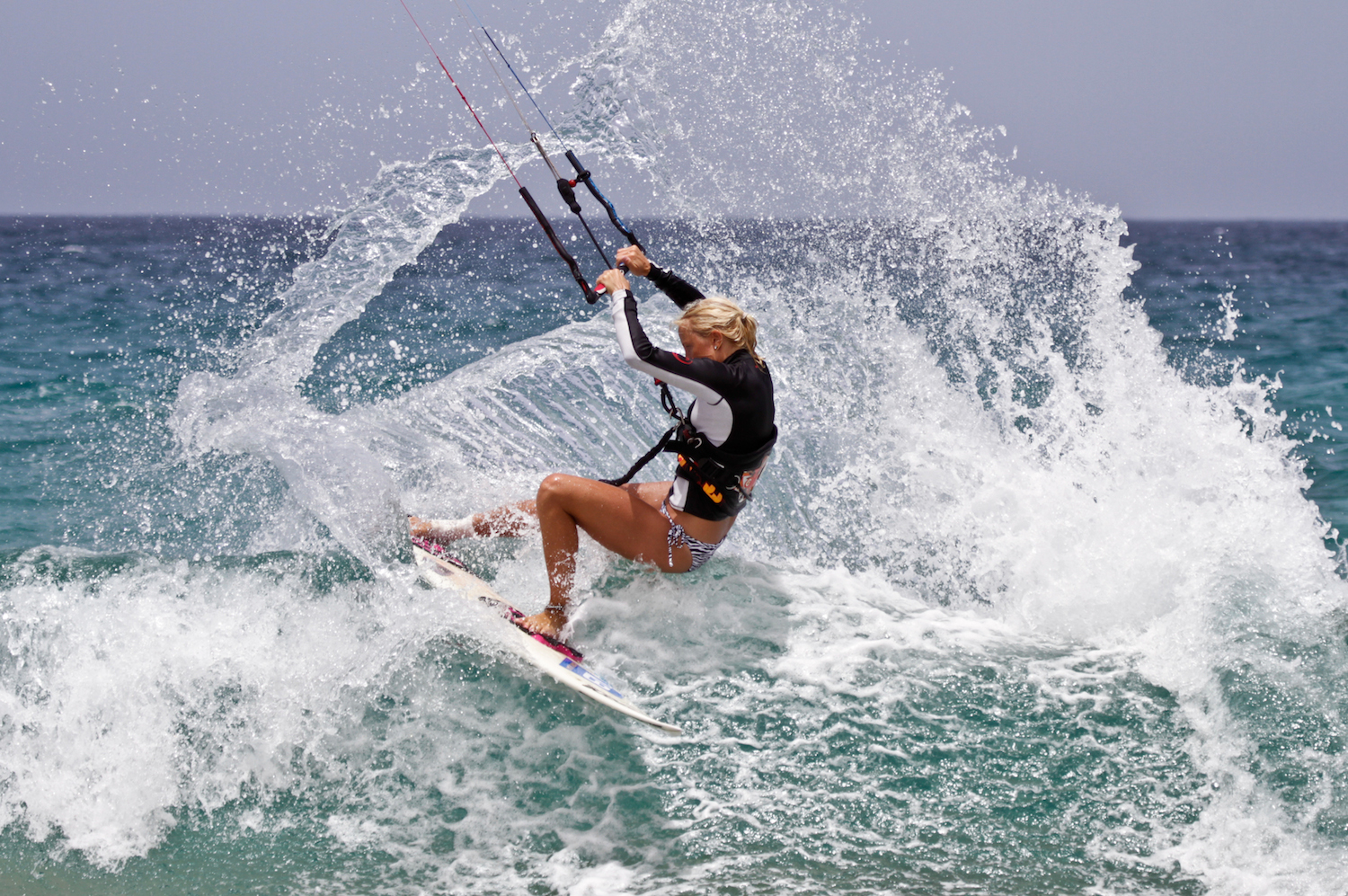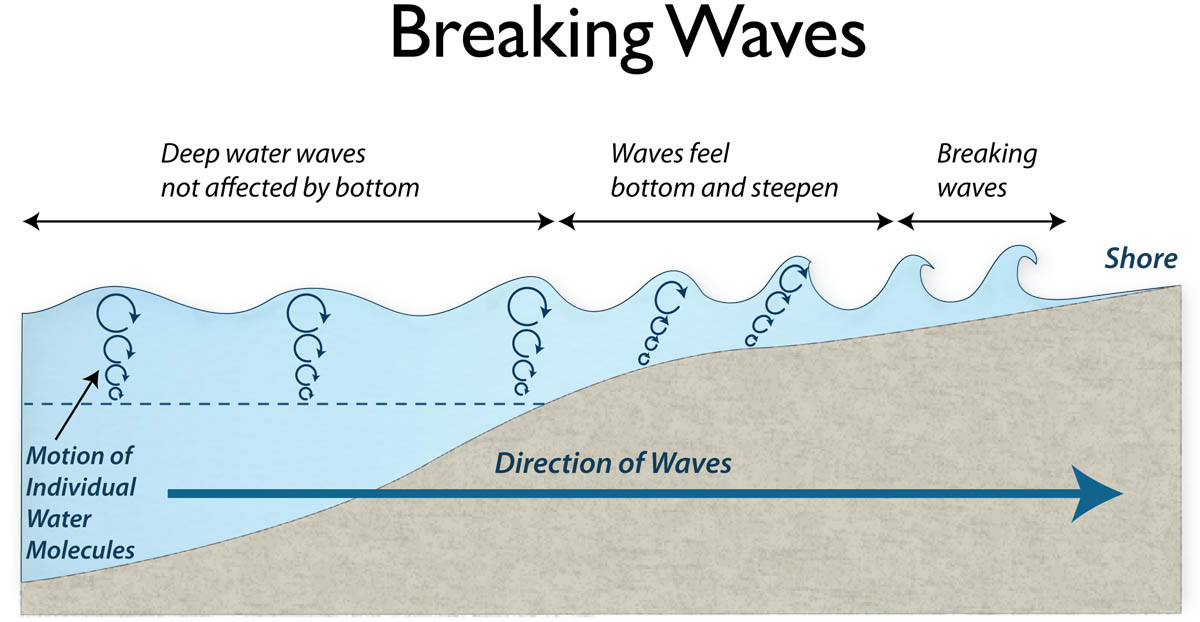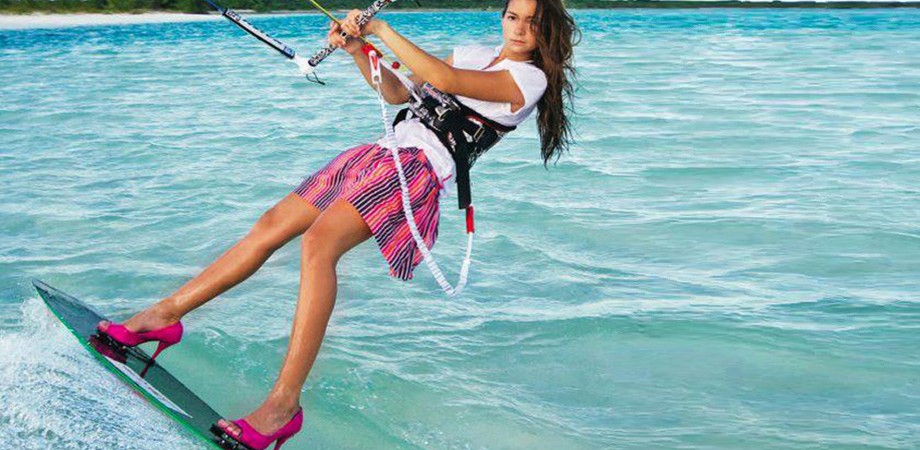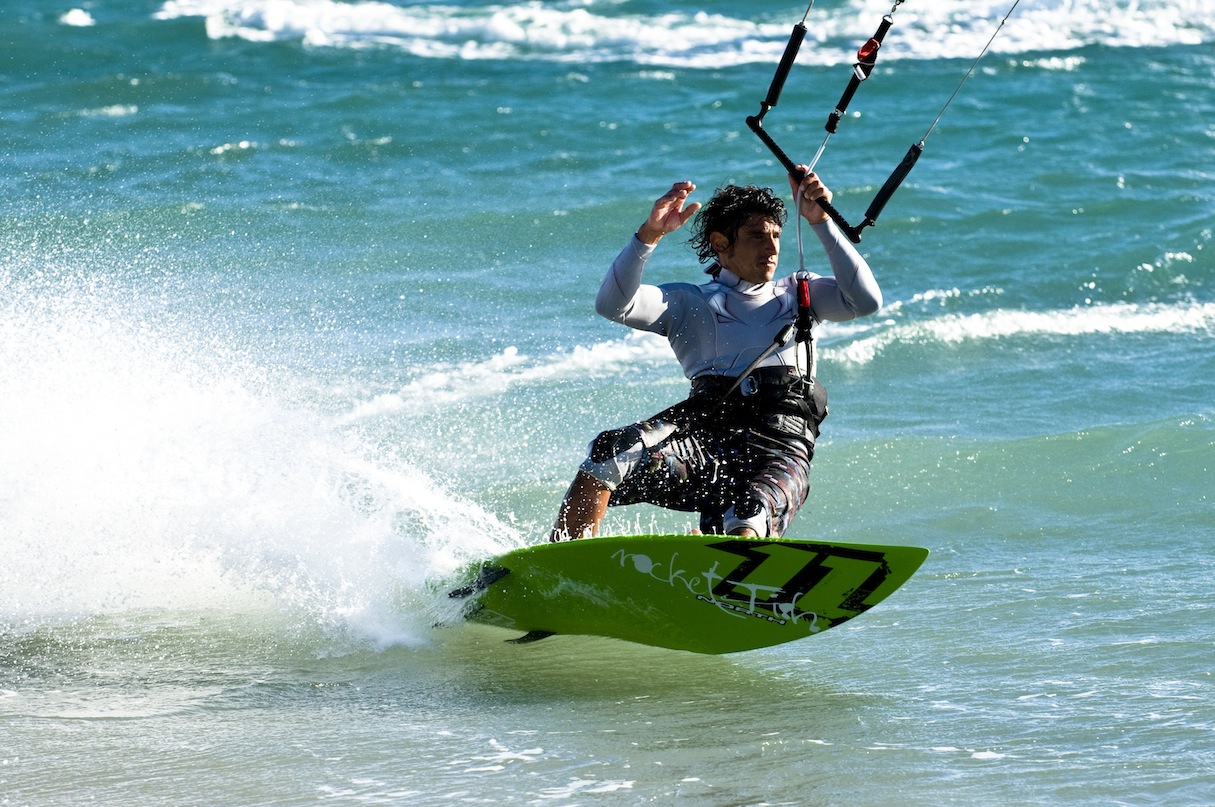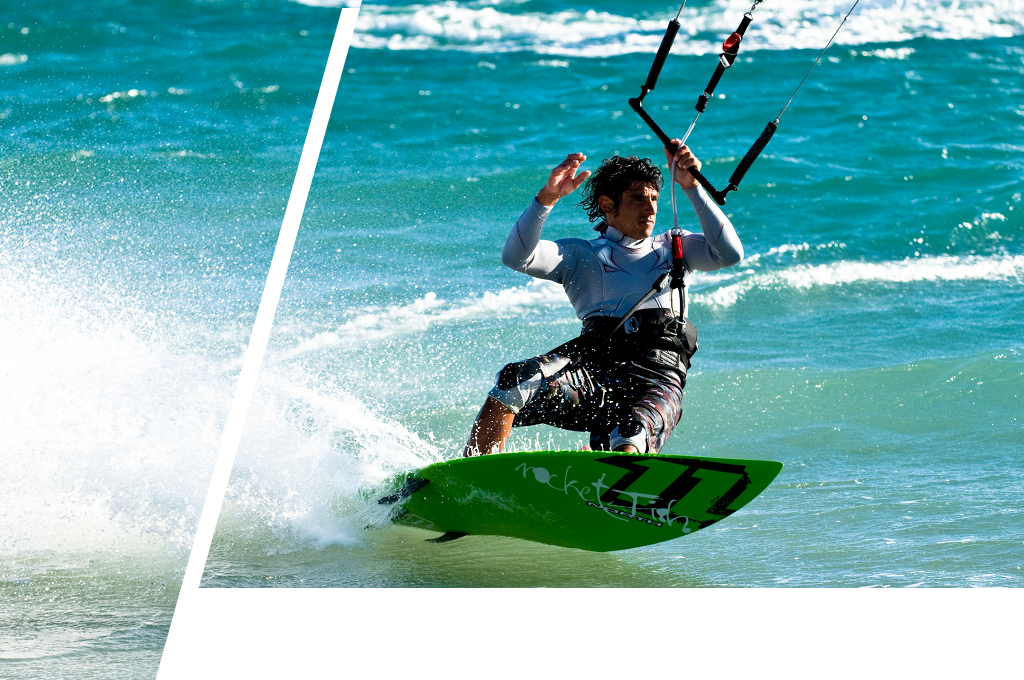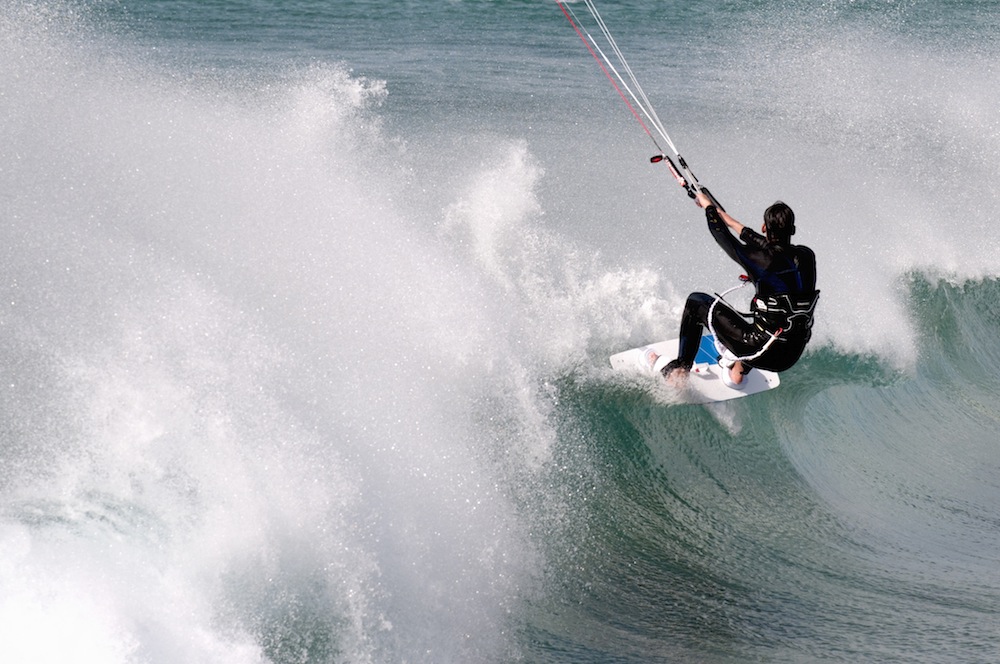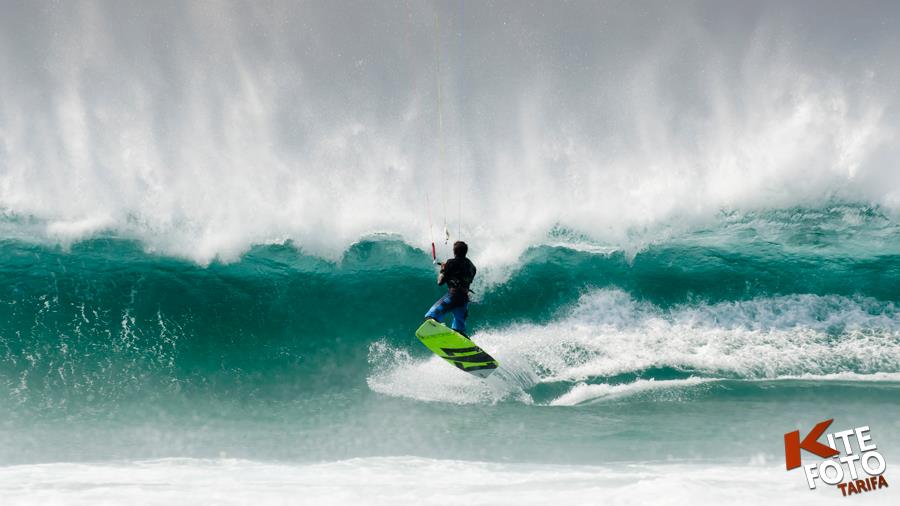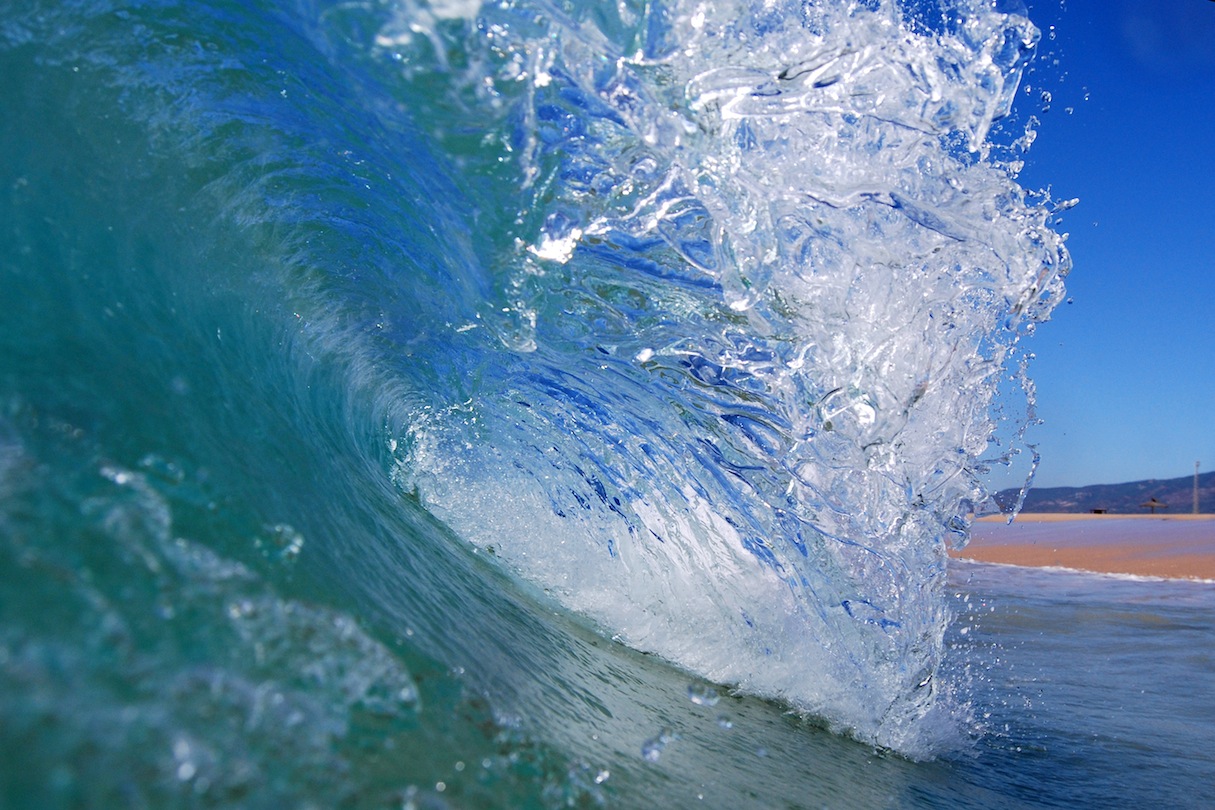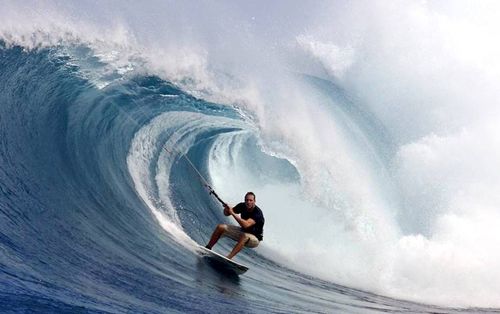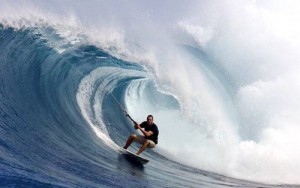
Armed with a battered map and their kite kit, local Scarborough surfer turned kitesurfer and the Big Cheese at Tantrum Kitesurf’s centre in the UK, Mike Andrew, and a couple of other intrepid souls headed to the wildest coast of the UK with the mission to chase the wind and waves wherever they may find them…
The Concept
So the concept of the trip was a hardcore exploratory kiting trip, exploring the far north of Scotland. We looked at the map and after a bit of chat in the pub (where all best plans are made) decided that it could actually work. It’s always windy up there and I knew from my surfing days that the waves were incredible and there are all these little forgotten bays miles from anywhere and anyone.
Originally we had thought we would just chase the wind but in the end we found this fantastic place where we actually based ourselves, the Poor House. It was fantastically located. Within an hours drive east or west we had four or five really great spots, right on the doorstep.
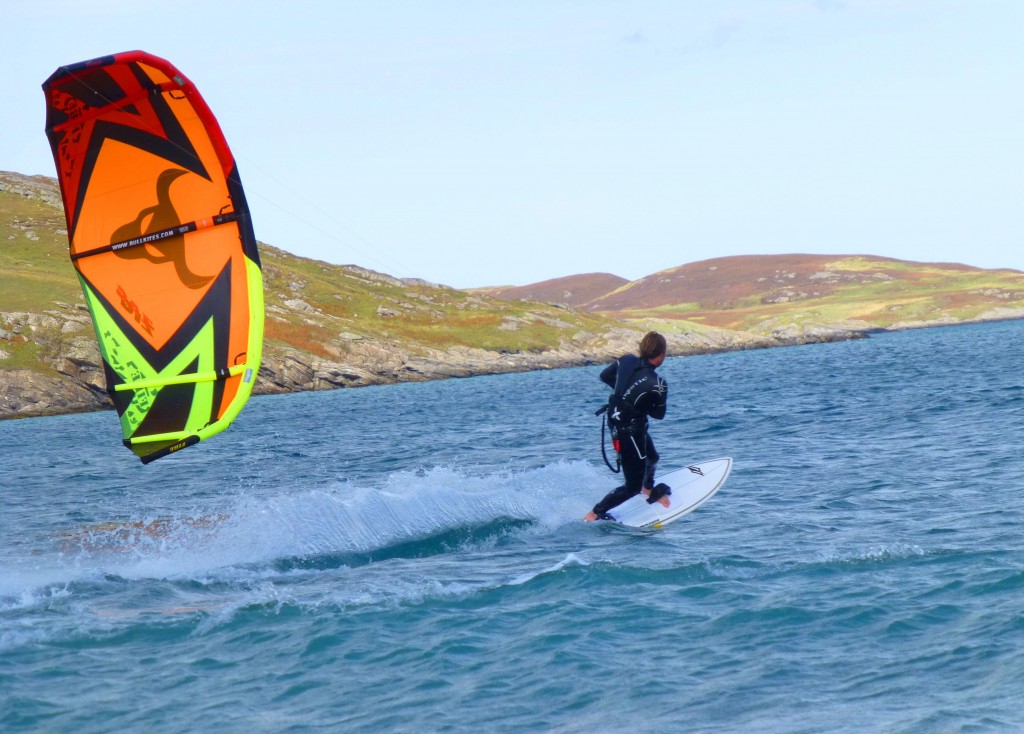
The actual trip was a combination of lessons for the beginners and hardcore kiting and surfing for the more experienced.
The Spots
We found some awesome spots. Not for the faint hearted or those that miss their creature comforts. You don’t wander onto the beach and set up in comfort in the warmth and then toddle on out. It was all a bit tense at times in that we were miles from support and civilisation, exposed to the elements and the north coast can be RAW.
Torresdale was good, we had a great session at the lagoon there. It was really funny. We went out and it was heavy winds, I was a 10 and Lawrence was on his 11. I was very impressed, I saw Lawrence about 20 or 30 feet up, what I didn’t realise is that it was completely unintentional. I was tearing back and forth because for me it was fantastic, because finally I had some power and I looked over and thought, “Jesus, he’s doing well. I have got to up my game here.” But he just got lifted, afterwards I just saw him standing there for about 20 minutes. I went over and said, “What’s wrong?” He said, “I am terrified, I want to go in and get my board, but I can’t land my kite.” So we brought his kite down and he was fine in the end. But we had to buy him a few beers for that.
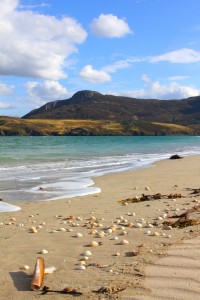
One of the high points especially for the guys coming from abroad was the first night we went to the local pub. We didn’t know there was some local celebration, I’m not sure whether it was a funeral or a birthday. But the whole locality were out, all 20 of them! I roped the Dutch guys into some traditional Scottish dance. Unfortunately I got caught up too, no matter how much I hid, I could not get away.
Waves
We had tons of waves. Torresdale was actually scarily big the whole time. and this is in the context of not having any swell. At the Kyle of Tongue, you have got waves on the beach, similar in a way to Tarifa, but perhaps just breaking out just a bit further, a bit more solid. But within that you have got a massive sandbank with a right hand point break that breaks for about 300 yards. You have waves just breaking for miles and miles and miles. You just kite straight out into it.
Space
In the whole time we were there, we never saw another kite. The only kiters we saw were the people who joined us.
Balmichael has been kited before, although the local guy we met said he can’t remember when. But Balmichael is a very popular surfing beach. Apparently kiters have never ever been seen on the Kyle of Tongue before. No one has ever kited Torresdale before (as far as we know). So we were kiting places that, we think, we were the first on.
One place we had to visit was Torresdale. It has a good beach, a lagoon at the south end, one at the east end and another lagoon at the north end. But to get to the beach you had to either kite across a river or a lagoon or paddle across in a kayak, which we did. We also found a great beach where we could teach the beginners called Balmichael. You just drive up to the beach, go through a gate and you’re on the beach…perfect. It had a 180 degree direction reach and so can be kited in most conditions.
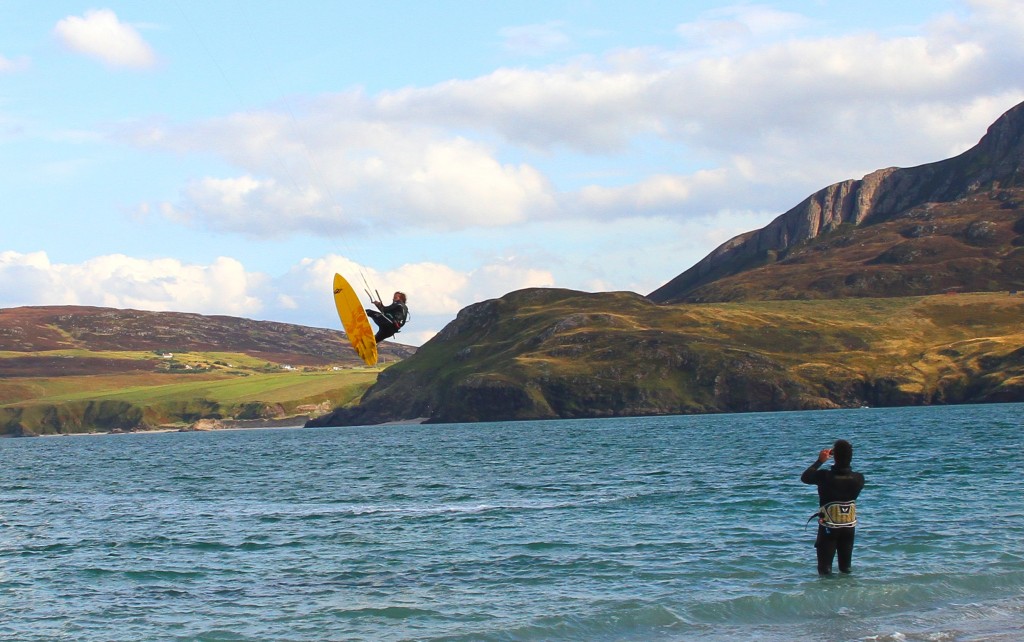
The Kyle of Tongue I think was probably one of the best kiting destinations I have ever seen, absolutely amazing. A massive inlet, into what is almost a loch, but with access to the sea. About five miles long and between one and two miles wide. But most importantly, about halfway up there’s a massive spit about 500 metres long, straight out into the middle of it. Wind direction wise it was phenomenal because it works in anything…360 degrees!
The seaward facing side of the spit had waves, the landward facing side, which was only about 50 to 100 yards wide, was effectively a lagoon. So you could kite from the lagoon into the sea and then from this section around the top of the spit, and into the flat section.
During the fortnight the winds were not the most favourable. The prevailing wind is strong west and south west and we got strong north and north eastern. So it made life a bit more difficult but still, the conditions were fantastic. So, if we had that south westerly wind, it would just be mind blowing. Absolutely mind blowing.
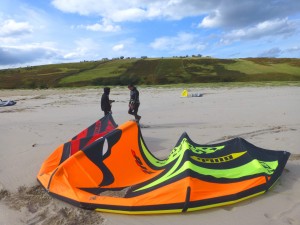
So we spoke to the guy who lives at the Kyle of Tongue and he had never seen kites before. We actually had some locals run down with cameras, one of them was a really good photographer and took some really great pics. They were really excited. So, I think two or three of the places have never been kited before and there were half a dozen others, that in the right conditions, you could kite all day.
Not For Pansies
This is not a trip for the faint hearted, some of the guys struggled, they were fine on the lagoons and stuff, but as soon as they got into the proper sea…well, when you see the waves, and the winds biting and there are seals and slamming surf, you feel exposed.
Next Trip
The same sort of time, late summer, 2018. I’m thinking of doing a couple of weeks in the same format, just hop on and off, in the Inner and Outer Hebrides. So it is a case of, “Where is the wind? Let’s go there.”
Interested in joining us on an epic adventure through the best kitesurfing this wild coast has to offer, we’ll be promoting this mainly through our Facebook group so Join us HERE >> and if we get enough interest we’ll make it happen
